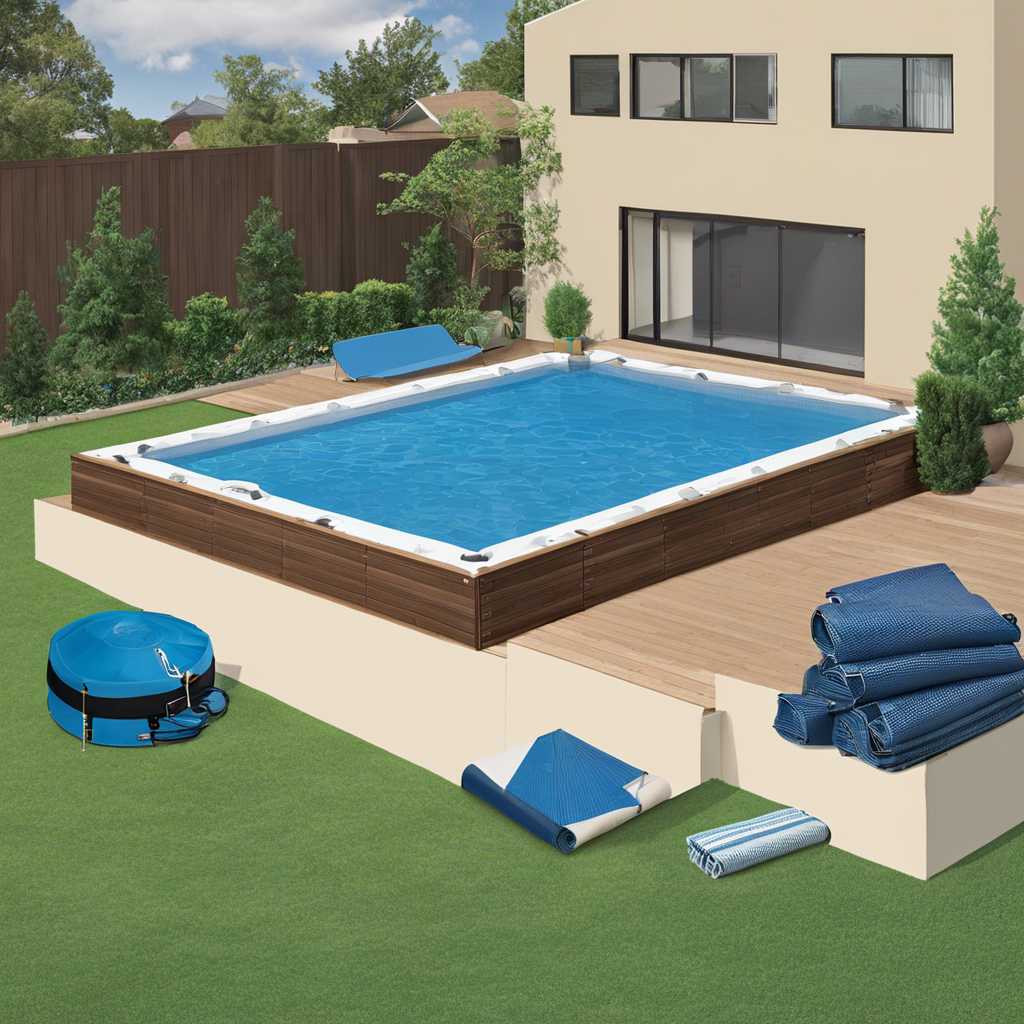Are you considering building your own pool cover to protect your pool during the off-season or to enhance its safety and energy efficiency? With various materials available in the market, choosing the right one for your DIY pool cover project can be a daunting task. This comprehensive guide will take you through the best materials, their advantages, and considerations, ensuring you make an informed decision.
When it comes to DIY pool covers, one of the most popular choices is a vinyl pool cover. Vinyl is a versatile, durable, and cost-effective material. Its flexibility allows for easy customization, ensuring a snug fit for your pool. Vinyl pool covers are known for their excellent insulation properties, which can help prevent heat loss and reduce energy costs. Additionally, they provide a solid barrier, making them ideal for safety purposes, especially for families with children and pets. However, it’s worth noting that vinyl covers require proper maintenance to prevent material degradation over time.
Another excellent option is a polyethylene pool cover. Polyethylene is a lightweight and robust material that offers exceptional UV resistance, ensuring longevity even under harsh sunlight conditions. This material is easy to handle and install, making it a favorite among DIY enthusiasts. Polyethylene covers are also known for their good abrasion resistance, which is essential for above-ground pools. They provide a reliable solution for keeping debris out and maintaining water quality. Overlap these covers by at least six inches to ensure proper coverage and prevent any gaps that might compromise their effectiveness.
For those seeking an eco-friendly option, a solar pool cover made from lightweight polypropylene is worth considering. These covers are designed to harness solar energy, effectively raising the pool’s temperature by several degrees. Solar pool covers significantly reduce the need for additional heating systems, translating to energy savings and lower utility bills. The material’s lightweight nature makes it easy to handle, remove, and reinstall, making it a convenient choice for regular pool users.
When selecting a DIY pool cover, consider factors like ease of installation, durability, maintenance requirements, and your specific pool needs.
